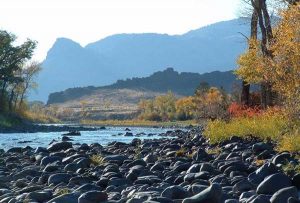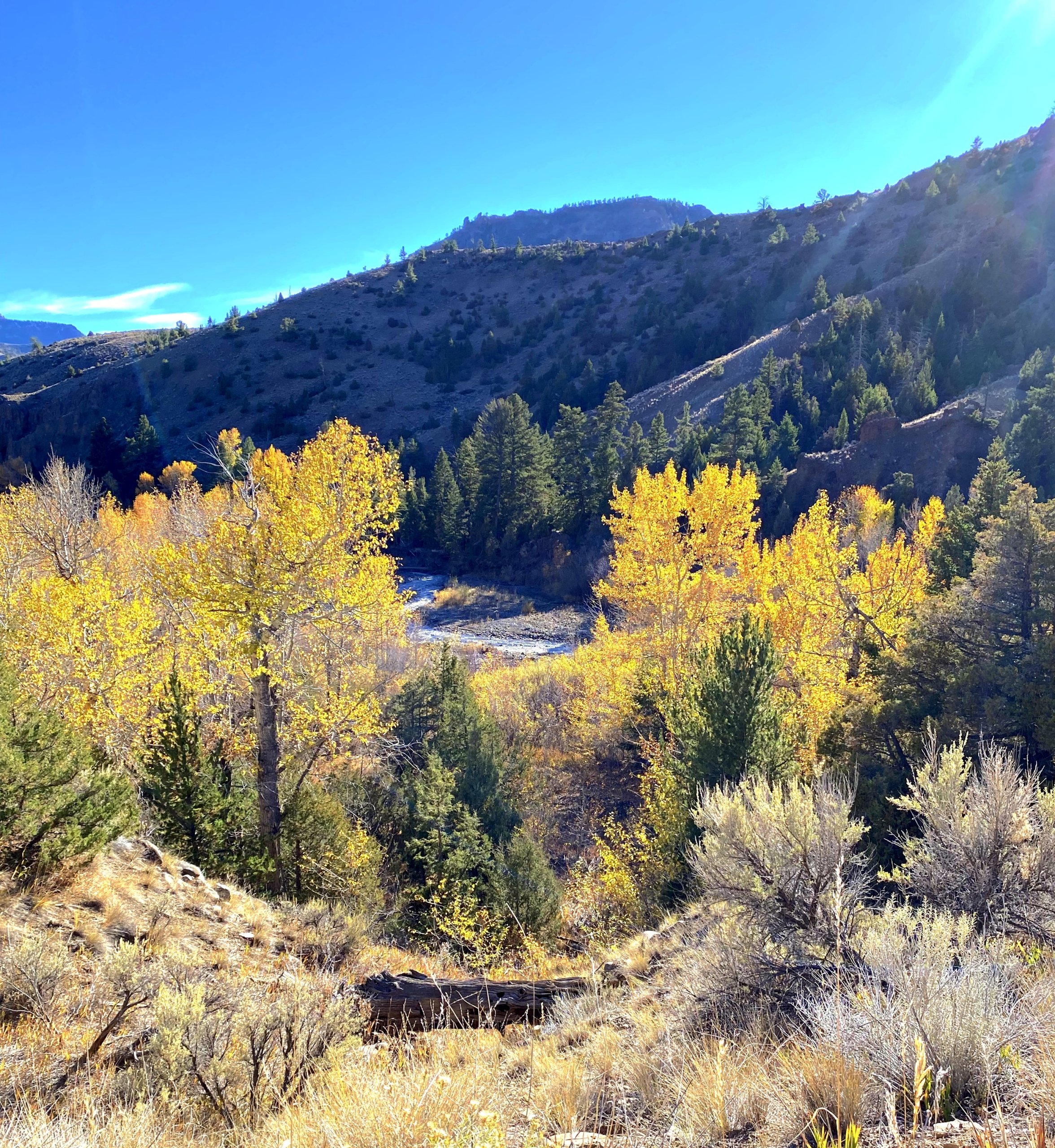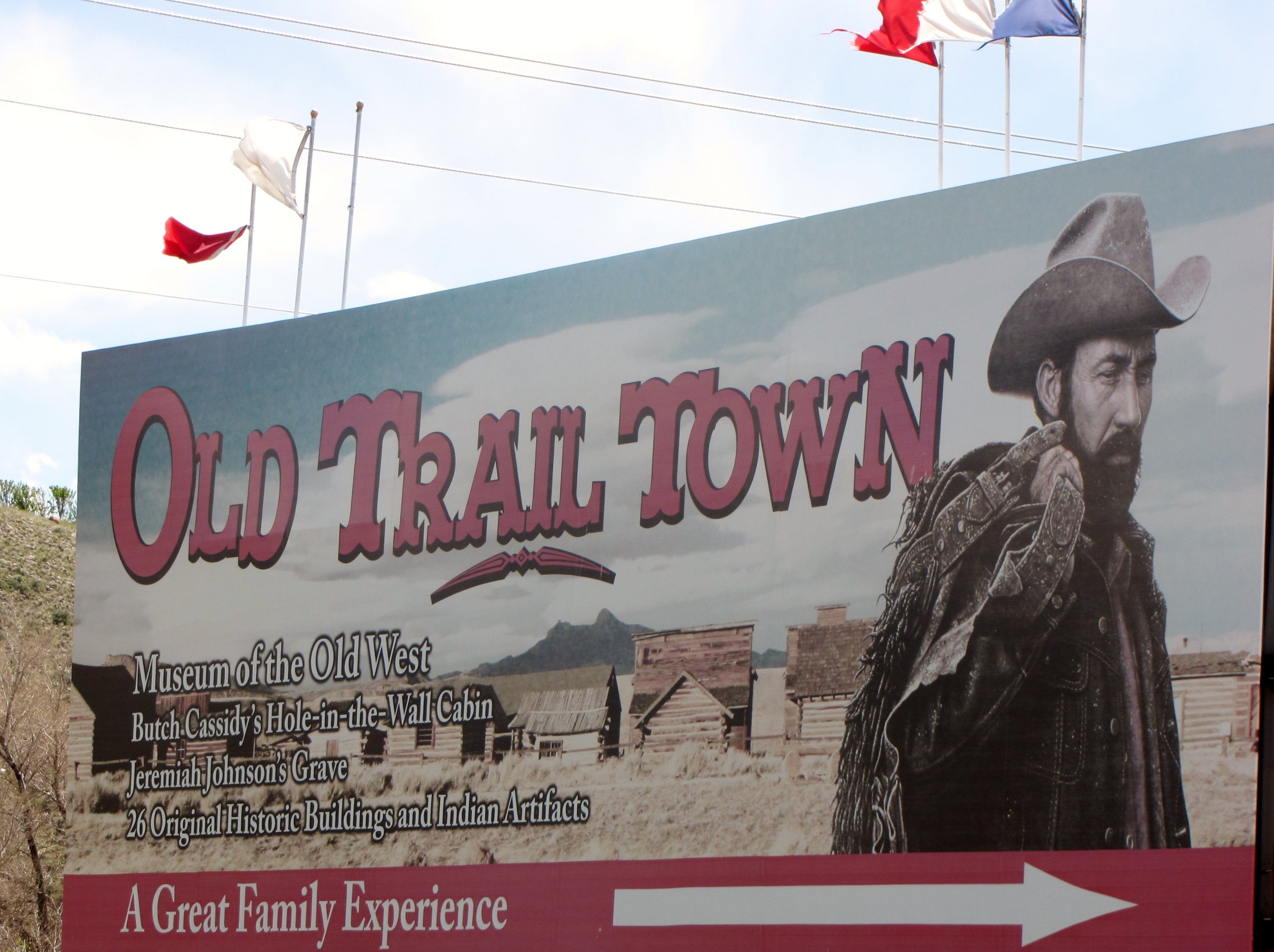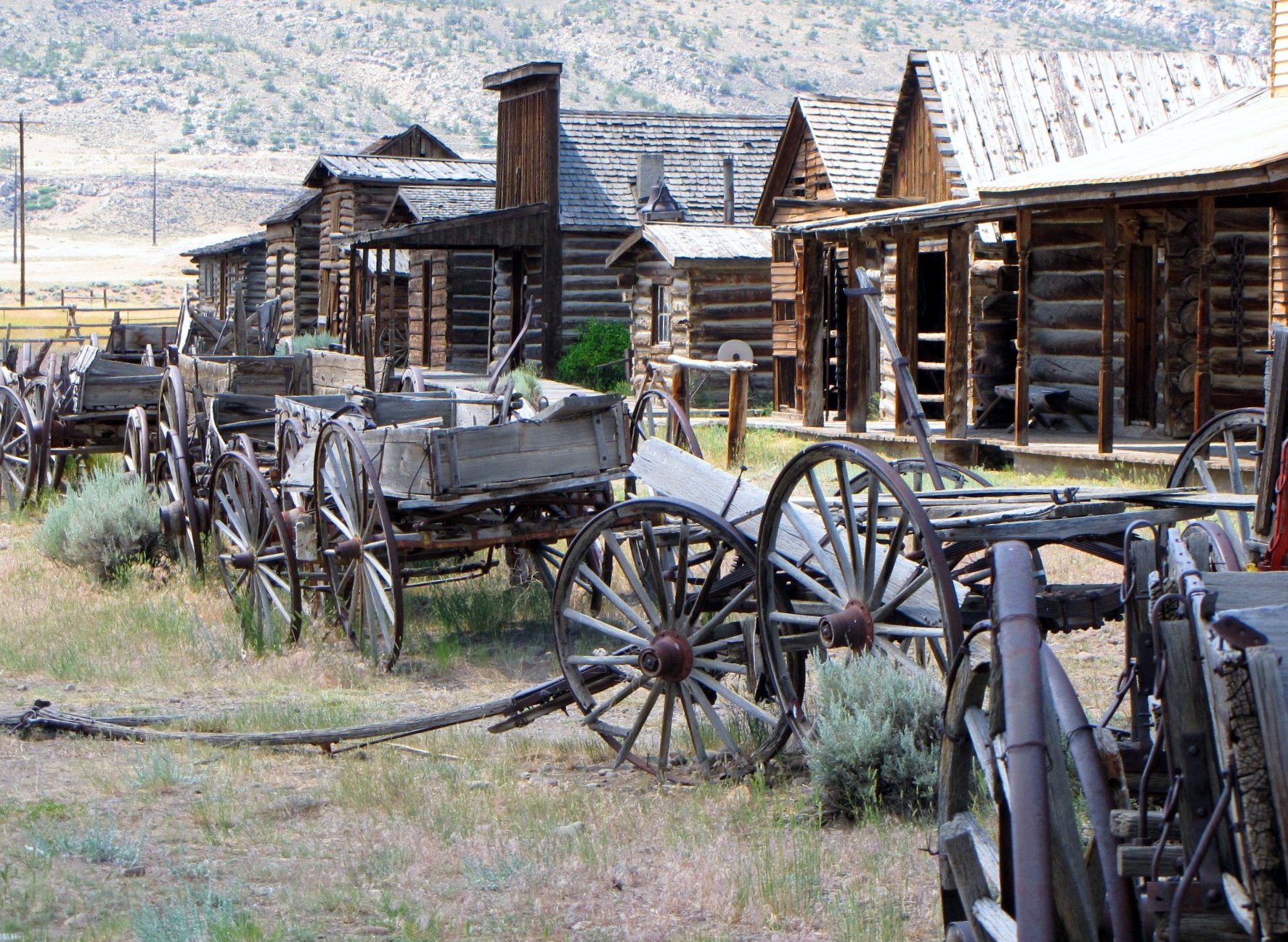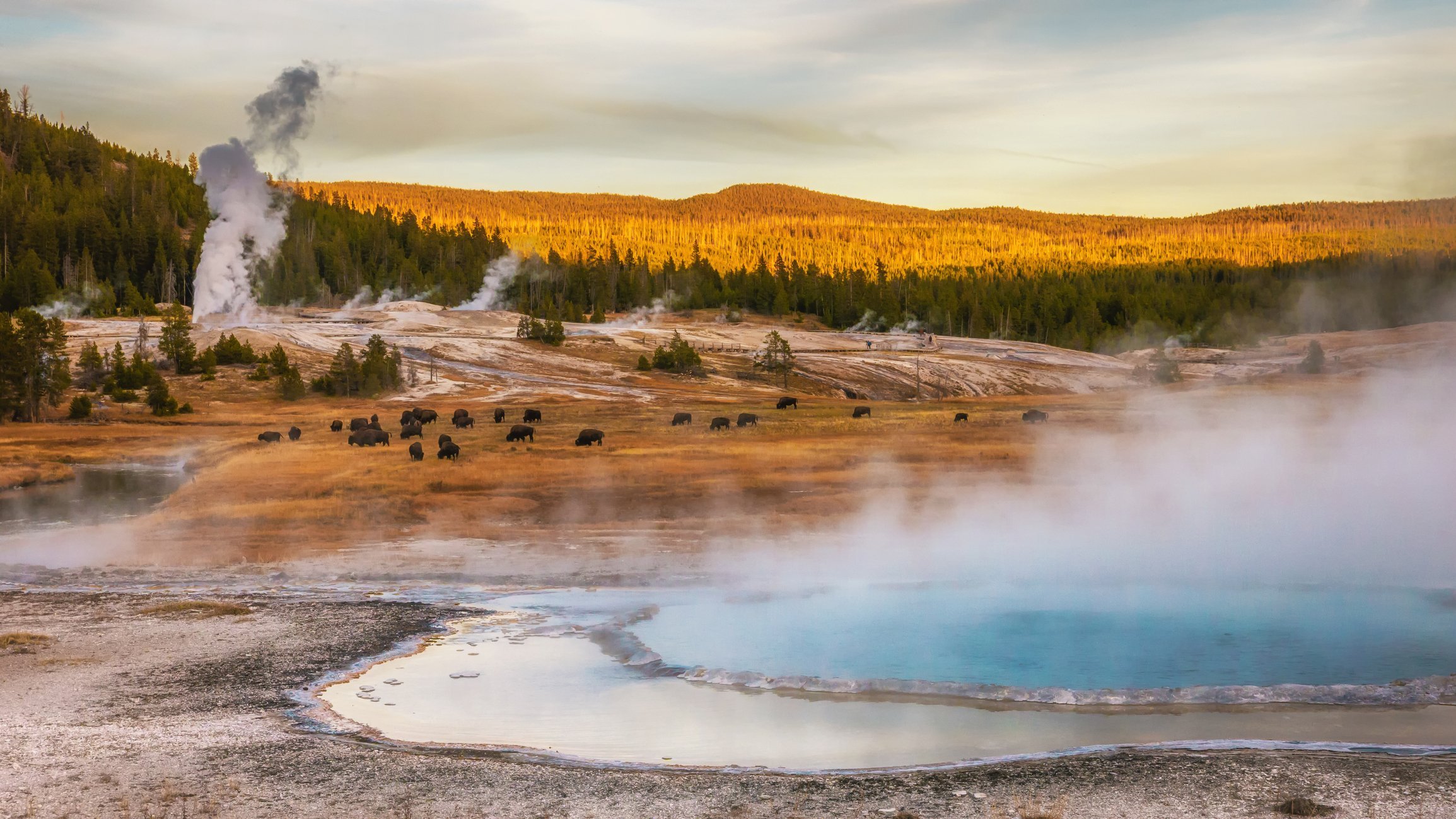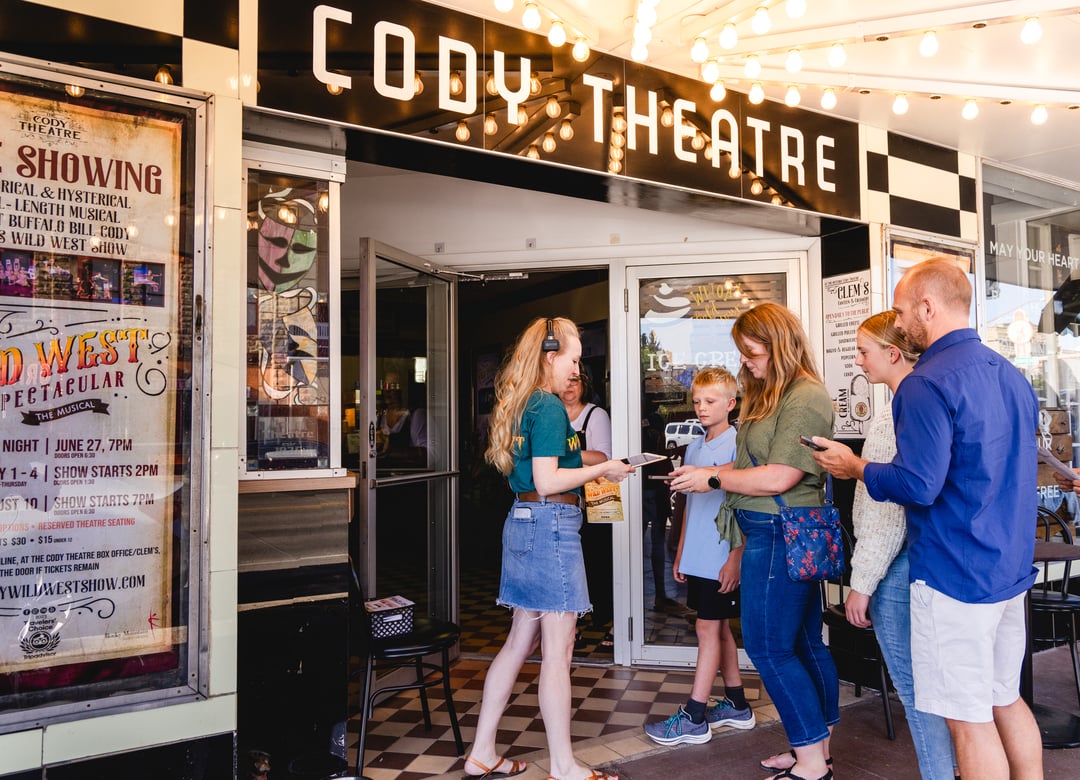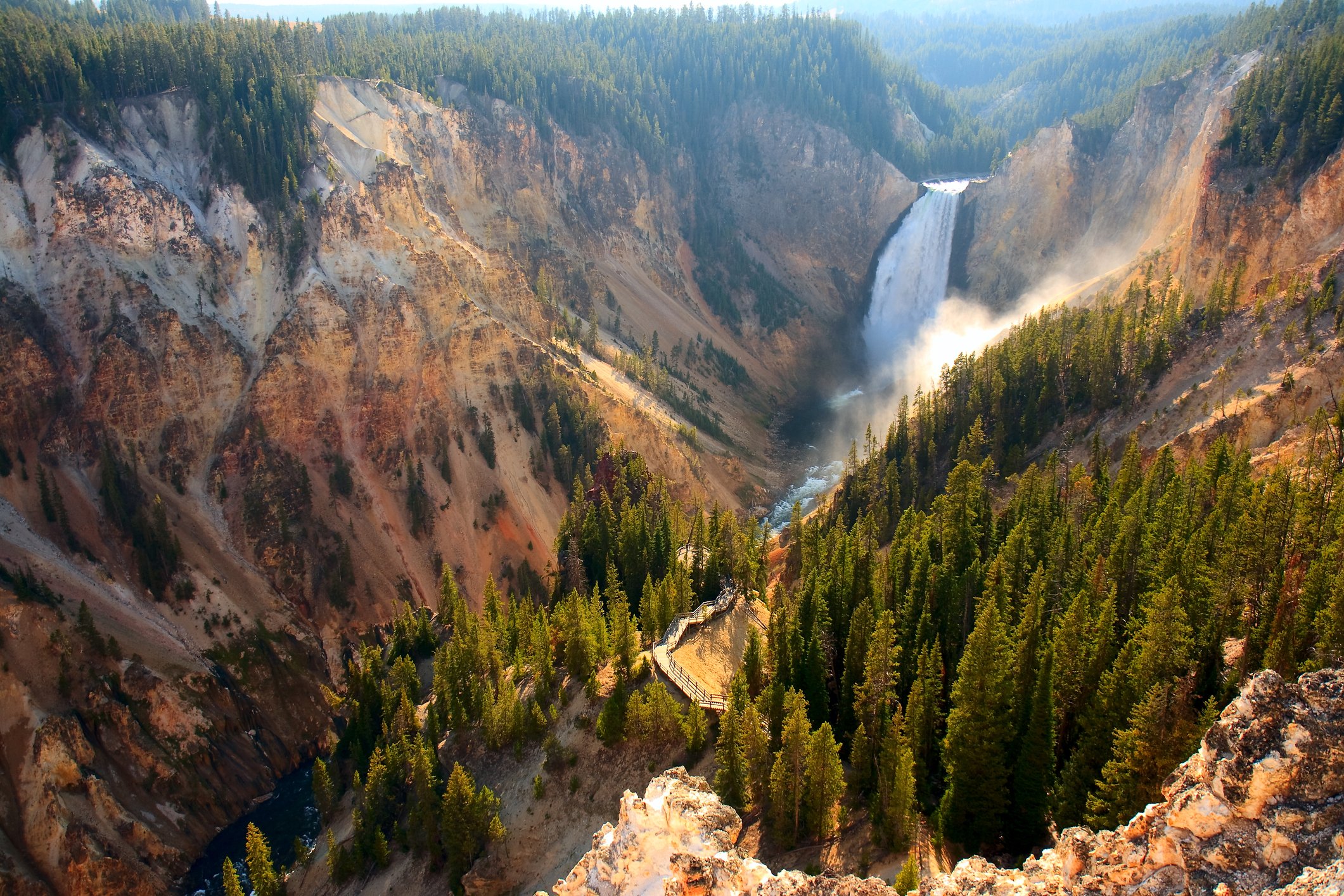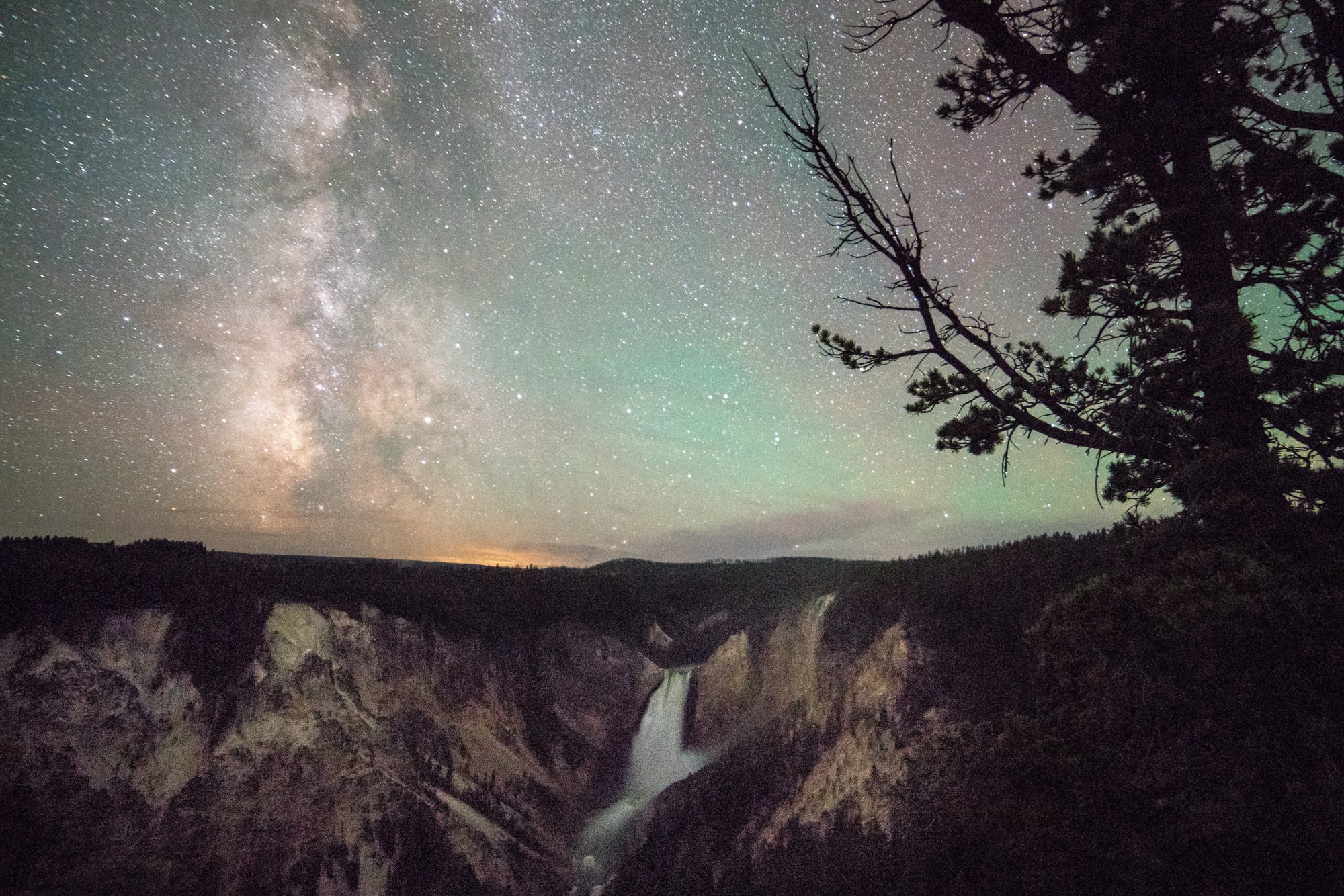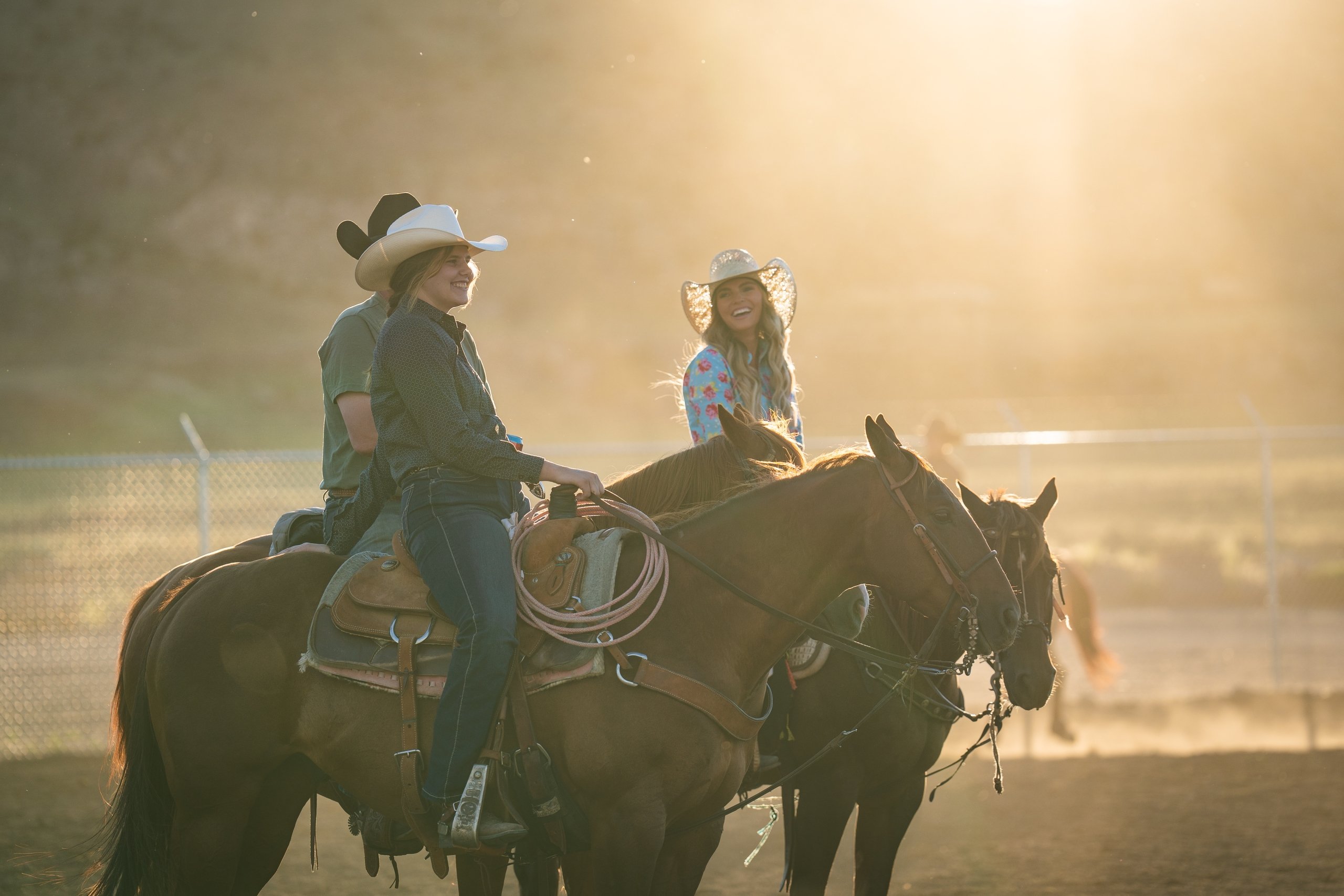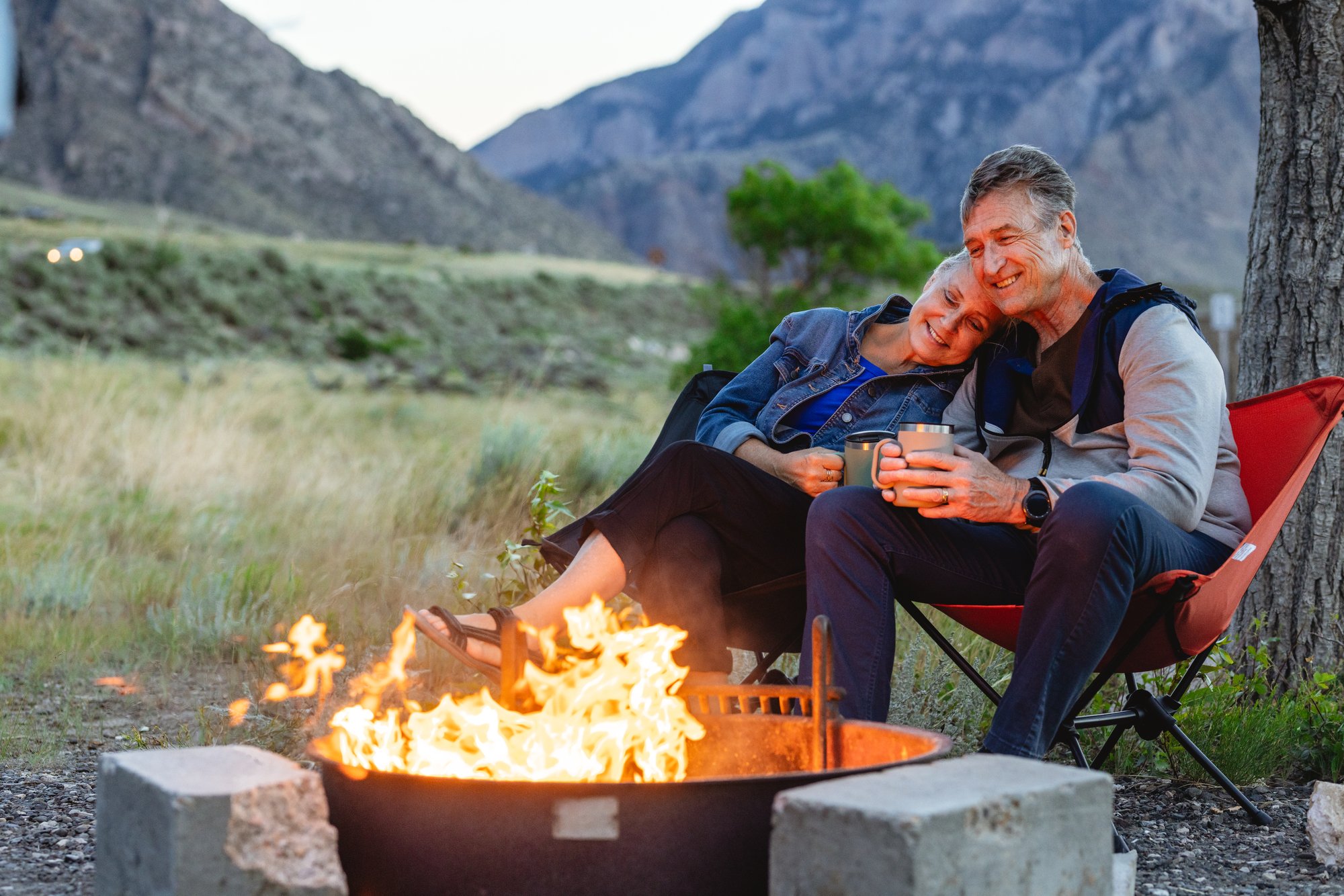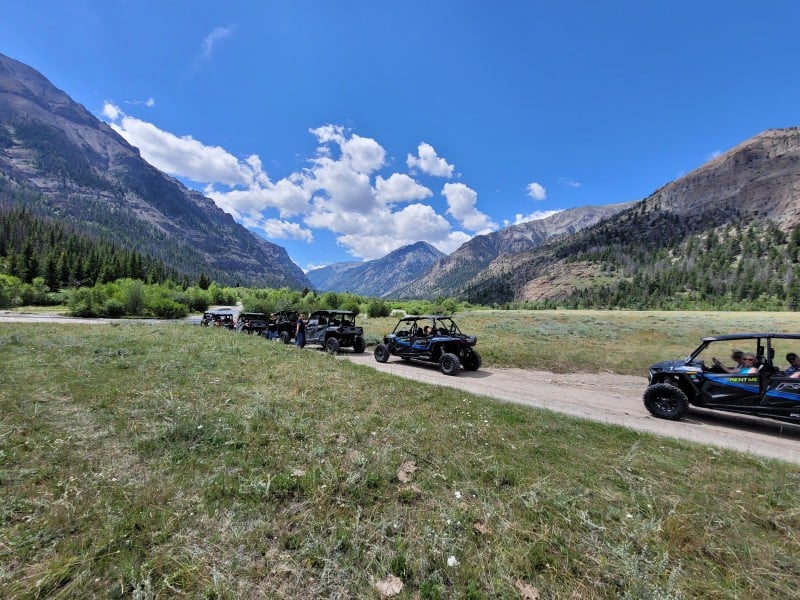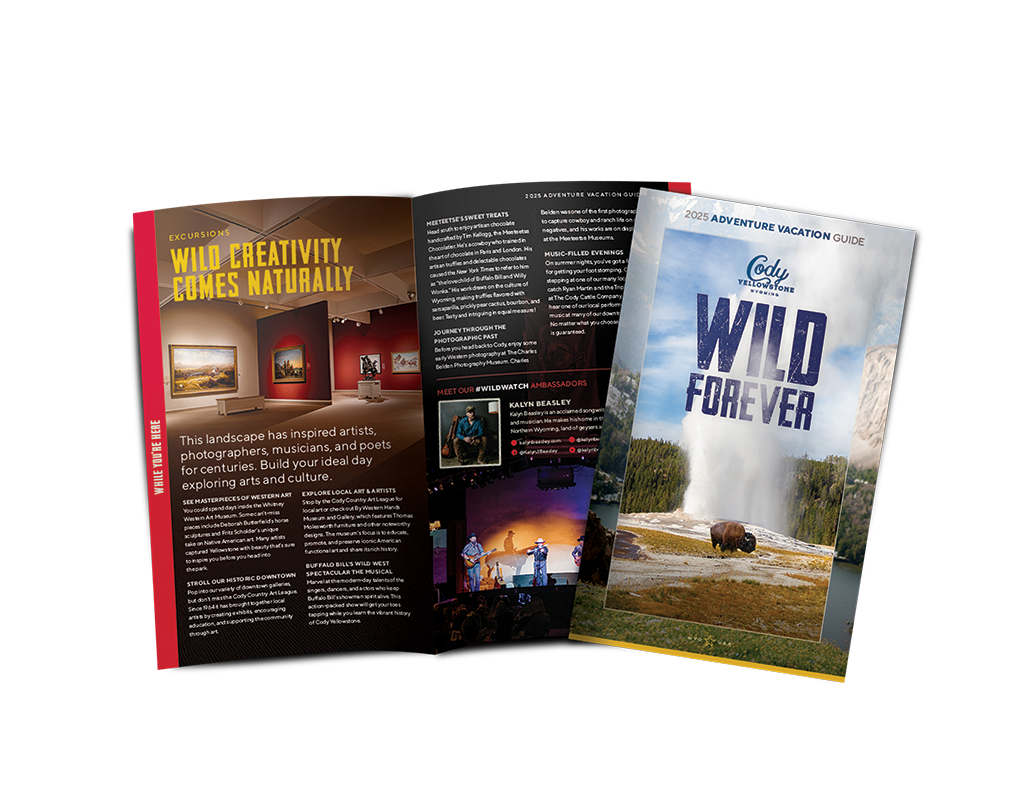April 14, 2025
Everyone loves a good mystery, especially this time of the year when goblins, zombies and witches wander every American street with abandon. Weirdness is everywhere, and we embrace it, usually with fun-size candy bars and skeletons on our lawns.
That’s what got me to thinking about one of Cody/Yellowstone Country’s very own mysteries, the mummified, cave-dwelling 1,200-year-old remains of a man, who we fondly call “Mummy Joe.” The cave is hidden in plain sight, just a short hike from the highway.
Sixty years ago, Cody resident Gene Smith discovered a cave north of the Shoshone River in Wapiti Valley. Archaeologists later concluded it was not really a cave; it was a massive nearly enclosed overhang of a high volcanic cliff. But why dicker over semantics when there’s a mummy involved?
